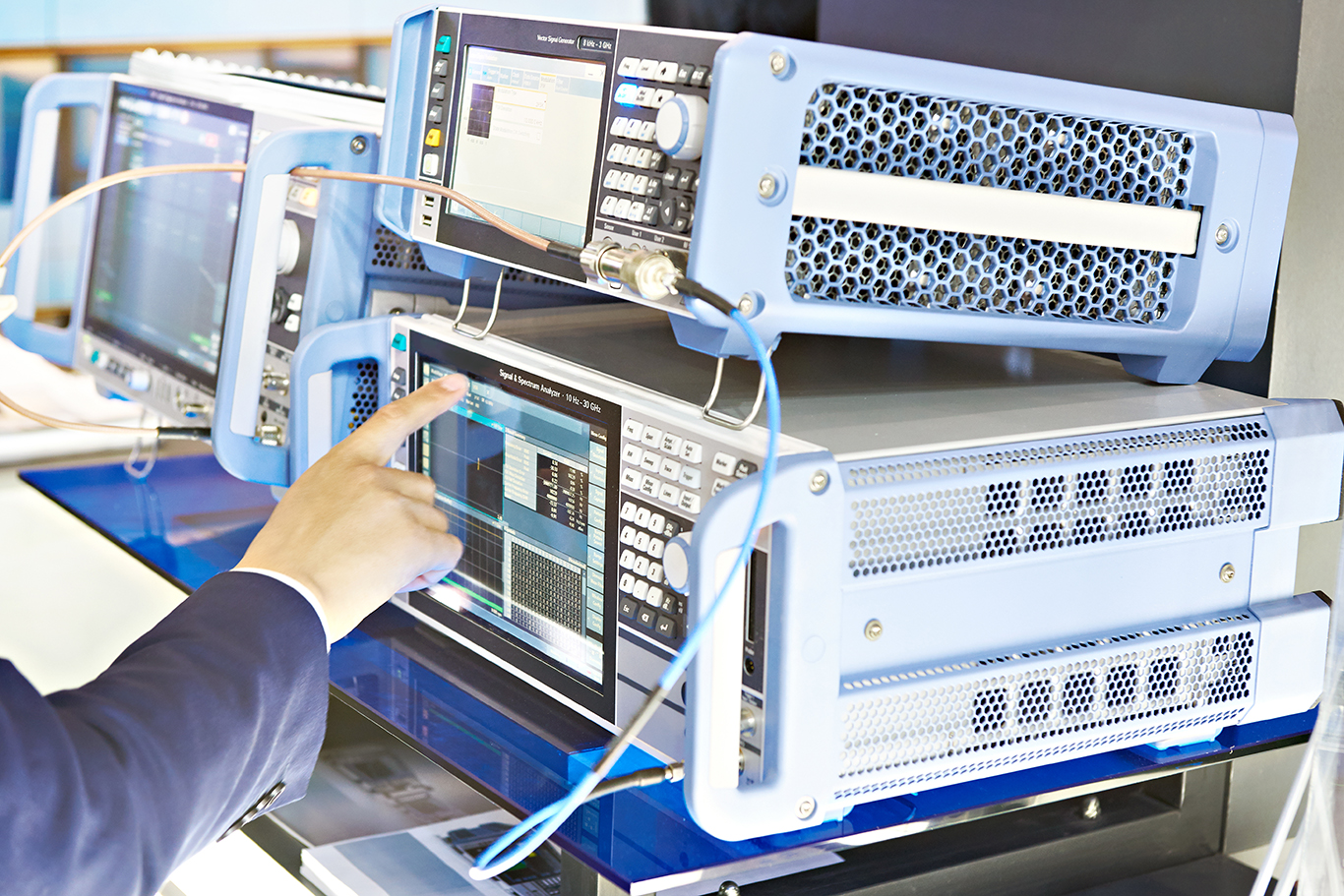UKCA Marking: Electromagnetic Compatibility Regulations Guide
The Electromagnetic Compatibility (EMC) Regulations ensure that electrical and electronic equipment a) doesn’t cause electromagnetic disturbance, or...
We're actively recruiting for a range of roles across sales, engineering, IT and warehouse. Check our careers page to see open positions including apprenticeships.

Whether you’re moving a single piece of equipment or an entire production line, our trusted team of engineers can support every step of your move, from rigging to end-to-end relocation support across the globe.

4 min read
Admin Sep 19, 2023 6:06:53 PM
Table of Contents
For companies selling or supplying electrical equipment to the UK market, compliance with the Electrical Equipment (Safety) Regulations is necessary for UKCA marking.
UKCA came into effect on 31st December, 2020, and is the new mandatory mark for certain equipment, machinery and products sold in Great Britain (England, Wales and Scotland). IES provides assessments, testing, advice and support to achieve UKCA marking compliance.
The Electrical Equipment (Safety) Regulations apply to electrical equipment designed for use within certain voltage limits and associated health and safety measures.
In this guide, we’ll explain what the regulations cover, who enforces them, the documentation required, and the penalties for non-compliance.
The Electrical Equipment Safety Regulations are a series of product safety requirements which apply to electrical equipment in the UK. They relate to equipment used within certain voltage limits and include health and safety measures.
In requiring that electrical equipment meets key safety objectives such as guarding against electric shock, mechanical risks and fire hazards, the Electrical Equipment (Safety) Regulations ensure that all electrical equipment placed on the UK market is safe, and doesn’t pose a risk to users or their surroundings.
In the UK, the Electrical Equipment (Safety) Regulations are enforced by two bodies.
The Health and Safety Executive (HSE) enforces the rules when relevant equipment is used in the workplace and other non-domestic premises.
When relevant equipment and products are used at home, the National Trading Standards enforces the regulations.
The Electrical Equipment (Safety) Regulations cover health and safety risks associated to electrical equipment input or output in these voltage ranges:
The regulations apply to the majority of electrical equipment types within these voltage brackets, including:
The regulations don’t apply to the following types of electrical equipment:
It is the manufacturer – whether based in the UK or not – who is responsible for ensuring equipment complies with the Electrical Equipment Safety Regulations.
The manufacturer is obliged to ensure that electrical equipment is designed and manufactured in accordance with the safety objectives’ principal elements. This means ensuring that equipment:
It is also the manufacturer’s responsibility to draw up a Declaration of Conformity and affix the UKCA mark.
A Compliance Testing provider such as IES can check that your equipment conforms with the UK Electrical Equipment (Safety) Regulations.
We ask customers to make the following preparations ahead of assessments and testing:
Manufacturers supplying or selling electrical equipment on the UK market should be aware of the following documentation required for compliance with the Electrical Equipment (Safety) Regulations:
A UKCA mark is a required form of compliance with the Electrical Equipment (Safety) Regulations. The UKCA mark should be affixed to the electrical equipment itself, packaging and guarantee certificates. The mark should be clear to ensure equipment is recognised as meeting the requirements of the regulations and entitled to be supplied and sold in the UK.
The Electrical Equipment (Safety) Regulations require electrical equipment to be supplemented by technical documentation before being made available on the market. These documents include:
a description of the equipment
information on the equipment’s design, the way it is manufactured and its operation
the details of assessments and testing for compliance with the regulations’ safety requirements
The Technical File outlined above may include descriptions, components, conceptual designs, standards applied, solutions implemented to meet safety requirements and test reports.
The Declaration of Conformity (DoC) is a written declaration from the manufacturer or their appointed authorised representative that electrical equipment is compliant with the Electrical Equipment (Safety) Regulations.
Information in the DoC includes the identification of the manufacturer or authorised representative, a description of the equipment, the harmonised standards applied, and the year that the equipment was UKCA marked.
Non-compliance with the Electrical Equipment (Safety) Regulations is an offence. Manufacturers and other responsible parties not complying with the requirements of the regulations risk a fine, imprisonment, or both.
The HSE may ask for electrical equipment to be withdrawn from the UK market immediately if it is found to be non-compliant with the Electrical Equipment (Safety) Regulations.
IES provides manufacturers with an efficient route to compliance with the Electrical Equipment (Safety) Regulations.
We recommend assessment and testing solutions, supplying test data which can be used by manufacturers to support a self declaration for electrical equipment. In many cases, this helps manufacturers to avoid appointing a UK Approved Body (a body approved to provide UKCA certification services), removing additional costs.
Have complete confidence in your path to compliance with the Electrical Equipment (Safety) Regulations.
Appointing IES for Compliance Testing ensures:
Contact IES today to discuss Compliance Testing requirements for your electrical equipment. Send us a message and we’ll get straight back to you.
Stay up to date with the latest news and resources from our experts.

The Electromagnetic Compatibility (EMC) Regulations ensure that electrical and electronic equipment a) doesn’t cause electromagnetic disturbance, or...

The Supply of Machinery (Safety) Regulations are health and safety requirements that relate to machinery used in the workplace and at home.

If your business owns, operates or controls work equipment, you must comply with the Provision and Use of Work Equipment Regulations 1998 (frequently...